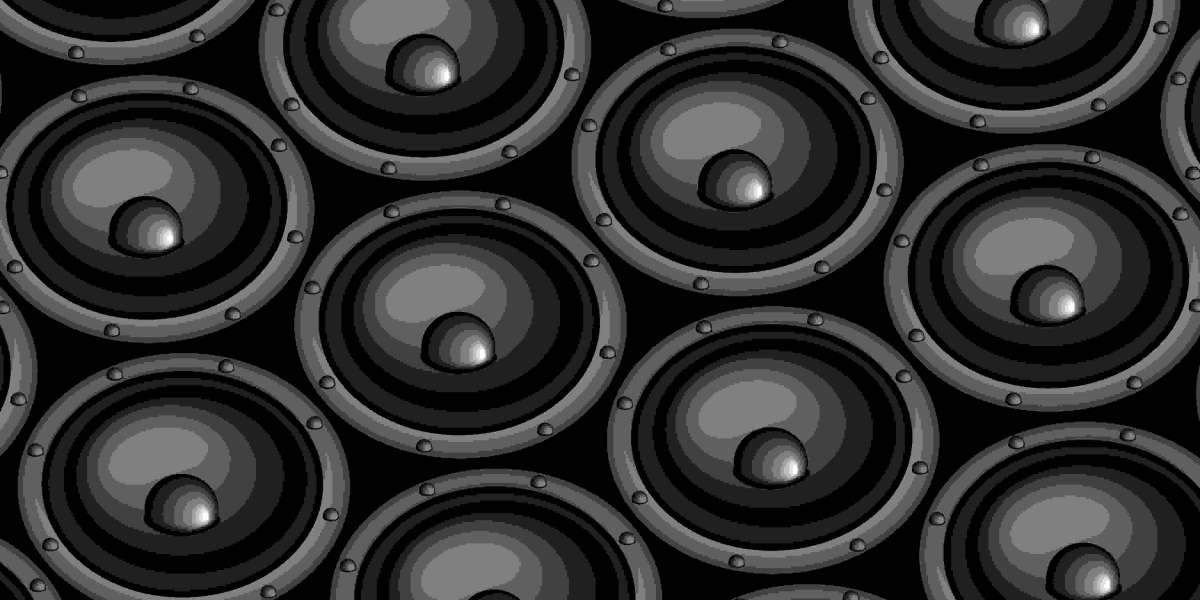Music has a profound impact on our emotions and psychology. Whether we realize it or not, the music we listen to can shift our mood, influence our behavior, and affect how we interact with others. When curating a multi-room playlist meant to be enjoyed by a household or group, it’s important to understand how music psychologically impacts individuals and groups in order to craft an optimized listening experience. In this blog post, we will explore the psychological effects of music and provide tips for crafting the perfect multi-room playlist.
Understanding How Music Affects Mood and Emotions
One of the primary ways music psychologically impacts us is through its ability to influence our emotions and shift our mood. Different musical genres, tempos, melodies, and lyrical content elicit distinct emotional responses. Fast, upbeat songs with an danceable rhythm tend to put us in a happier, more energized emotional state whereas slow, melancholy songs are more conducive to feelings of sadness, introspection or relaxation.
Energizing music with a fast tempo (>120 bpm) increases arousal and can boost positive mood and energy levels. Popular energetic genres include pop, dance, rock.
Slow, mellow music (<80 bpm) reduces stress and arousal. Genres like classical, jazz, and soft rock are more conducive to relaxation and reflection.
Lyrical content can directly shape emotional responses. Sad, emotional lyrics are more likely to elicit feelings of sadness compared to instrumental music.
By understanding how various musical attributes affect mood, you can curate an emotionally intelligent multi-room playlist balancing upbeat and relaxing songs to subtly shift the vibe and energy in different household areas.
The Social Effects of Shared Musical Experiences
Music doesn’t just impact us individually - it can also psychologically influence social dynamics and group behaviors. Shared musical experiences help facilitate bonding and social cohesion.
Familiar music people can sing along to together increases feelings of togetherness. Including classic pop/rock hits in a party playlist encourages socializing.
Music serves as an “social lubricant” that can make interactions and conversations flow more easily. It reduces social awkwardness.
Loud volume increases arousal and energy, drawing people together into shared behaviors like dancing. Keep it at conversation-friendly levels.
Be mindful of these social factors when curating multi-room playlists. Include music that encourages togetherness in common areas but also offers an relaxing “opt-out” for solitary activities. Vary volume levels depending on the social vibe and flow you want to cultivate.
Music and the Workplace
While music is great for social atmospheres, the type of music best suited in the home office may differ. Studies show music can positively or negatively impact focus and productivity depending on the characteristics of the music and individual tastes/preferences.
Instrumental music without vocals is least distracting and can enhance concentration for focus-heavy work like reading and problem-solving. Genres like classical, jazz, and ambient electronic work well.
Lyrical music may impair comprehension and recall of information due to competition for cognitive resources. Limit or avoid in work environments.
Moderate volume levels (around 50-60dB) are most conducive to focus. Too loud and music becomes a distraction.
For home offices, rotate between periods of no-music focus and lighter instrumental playlists matched to the task at hand. Monitor individual preferences for musical work styles as well.
Using Music to Enhance Different Home Activities
Beyond mood and social effects, certain genres and musical attributes align especially well with different types of at-home activities. Carefully selected tunes can boost the enjoyment and flow of daily tasks.
Cleaning/Chores:
Upbeat pop, dance, rock keeps energy high for physical chores like cleaning, cooking, yardwork. Lyrics provide mental break from monotony.
More relaxing indie, folk, acoustic works well too for lower-intensity chores like folding laundry where you want a calming soundtrack.
Exercise/Workouts:
High-tempo EDM, hip-hop, pop instrumental increases exercise intensity and endurance. Beat-driven tracks sync to natural rhythms.
Yoga/stretching benefits more from mellow acoustic, Latin, New Age to match breathing and flow of movements.
Crafts/Hobbies:
Soothing classical, jazz, soundtrack instrumentals provide an enjoyable backdrop without distracting from tasks like arts/crafts, woodworking, guitar playing that require focus.
Lighter indie, folk helps relaxed hobbies like sketching, knitting, gardening pass pleasantly.
By pairing music with activities, a multi-room playlist can enhance different household members' experiences all over the home. Consider individual tastes but aim for general alignment where possible.
Putting it All Together - Crafting the Perfect Playlist
Now that we understand the psychological impacts of various musical attributes and genres on mood, social dynamics, work, and activities, we can begin to apply these principles when assembling the perfect multi-room home playlist. Here are some tips:
Balance upbeat and relaxing selections tailored to different spaces (living room vs home office). Rotate every 30-45 minutes.
Consider song sequencing - transition gradually between faster and slower tempos.
Include familiar classics easy for sing-alongs and conversation in social areas.
Keep work/focus areas stocked with mainly non-lyrical instrumental selections rotated periodically.
Enhance activities around the home with genres specifically aligned to tasks like chores, workouts, crafts.
Monitor personal tastes and periodically refresh playlist with new discoveries.
Adjust volume levels contextually - louder for parties, softer for quiet activities or solitary spaces.
Use streaming services and smart home connectivity for playlist control from any room.
By gaining a better understanding of how music influences mood, focus, socialization and more, thoughtful playlists can be crafted to elevate experiences throughout the home. With some basic psychological principles in mind and a little trial-and-error, the perfect multi-room soundtrack is within reach.
Read More:- https://avtweeps.blogspot.com/2024/01/Energy-Efficient-Multi-Room-AV-Solutions-for-Green-Homes.html








